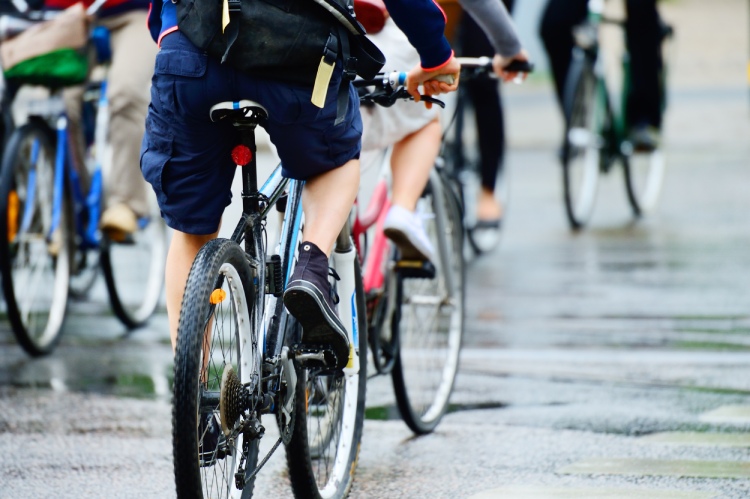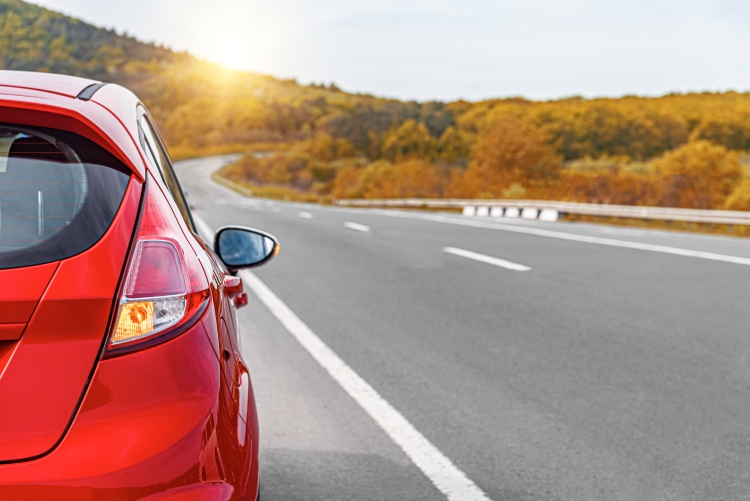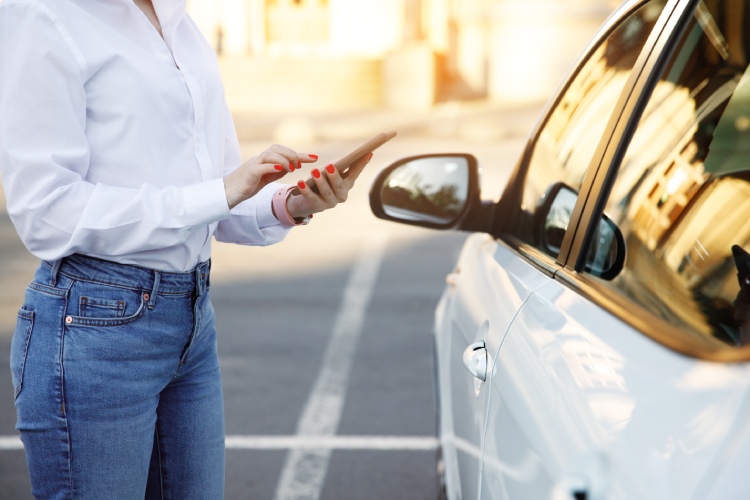The gradual decarbonization of vehicles, the addition of modes of transportation that use renewable energies, and lifestyle changes will alter our way of understanding mobility and of designing sustainable cities.
Among the urban transportation measures that are already being implemented are electric urban mobility, hybridization, and the use of renewable fuels, which can already be found in the major European cities. To this end, Repsol has begun operations at the first biofuels production plant in Spain, manufactured from waste and providing fuels that reduce net emissions, since during their production the CO2 released when they are used is equal to the CO2 removed from the atmosphere by the raw material used.
The arrival of 5G will also be a determining factor in the future of mobility and road safety. The Internet of Things will encourage smart urban mobility, in other words, vehicles that, thanks to technology, will communicate with the infrastructure and their surroundings in order to provide drivers with information in real-time. The development of this technology will also permit the implementation of self-driving cars, which, thanks to artificial intelligence, will lower the accident rate and increase efficiency.
As we are aware of the importance of digitalization in the decarbonization of mobility, the Repsol Technology Lab is working on improving the autonomy of electric batteries. In addition, the business centers are also driving the installation of ultra-fast charging points for electric cars.
If the way in which we move around changes, the city will also change, into what are known as smart cities. Smart cities are characterized by expanding the range of transportation, with solutions like carsharing; keeping some optimum infrastructure that allows for the possibility of going from one place to another on foot or by bicycle; and minimizing travel times with the use of big data. The cities of the future place the public at the center of their policies, so they are also committed to creating low-emission zones (LEZ), in other words, areas in which access to the most polluting vehicles is restricted. Specifically, in 2023, cities with more than 50,000 inhabitants will have to have LEZs.






